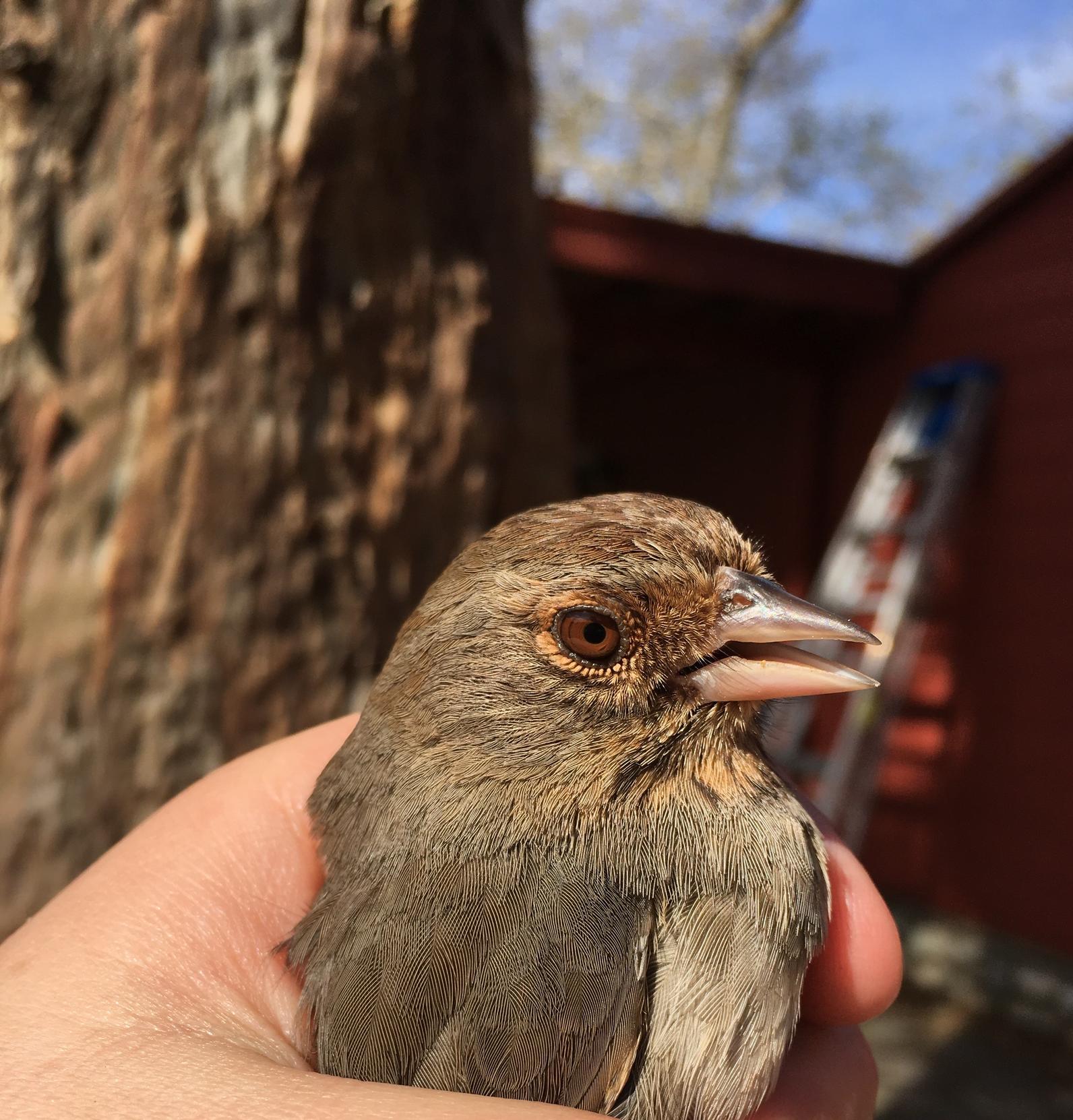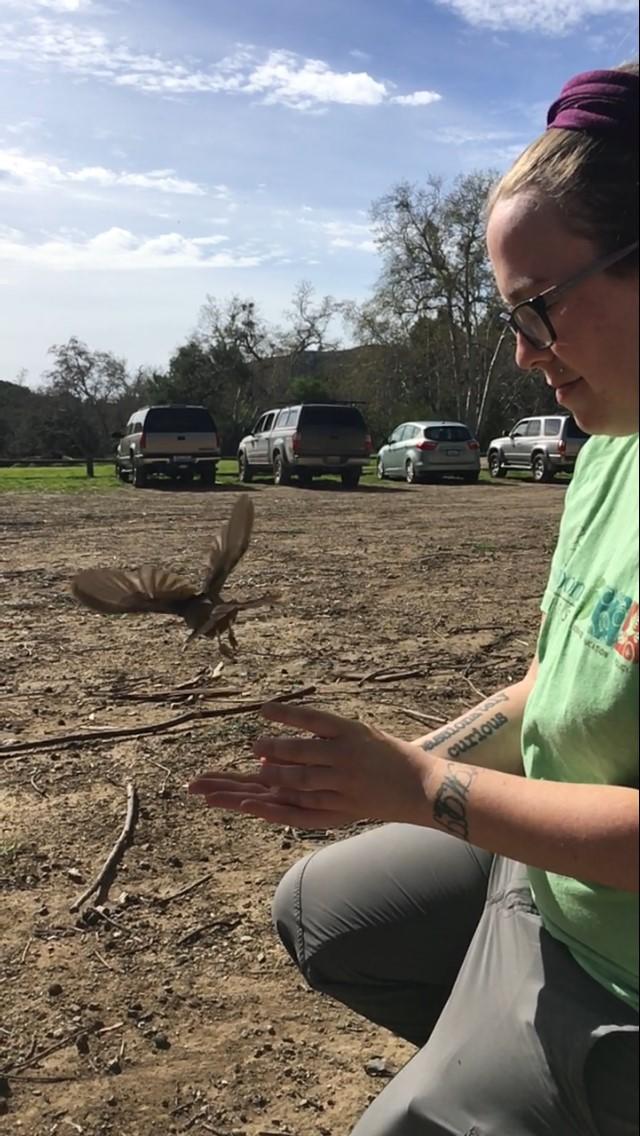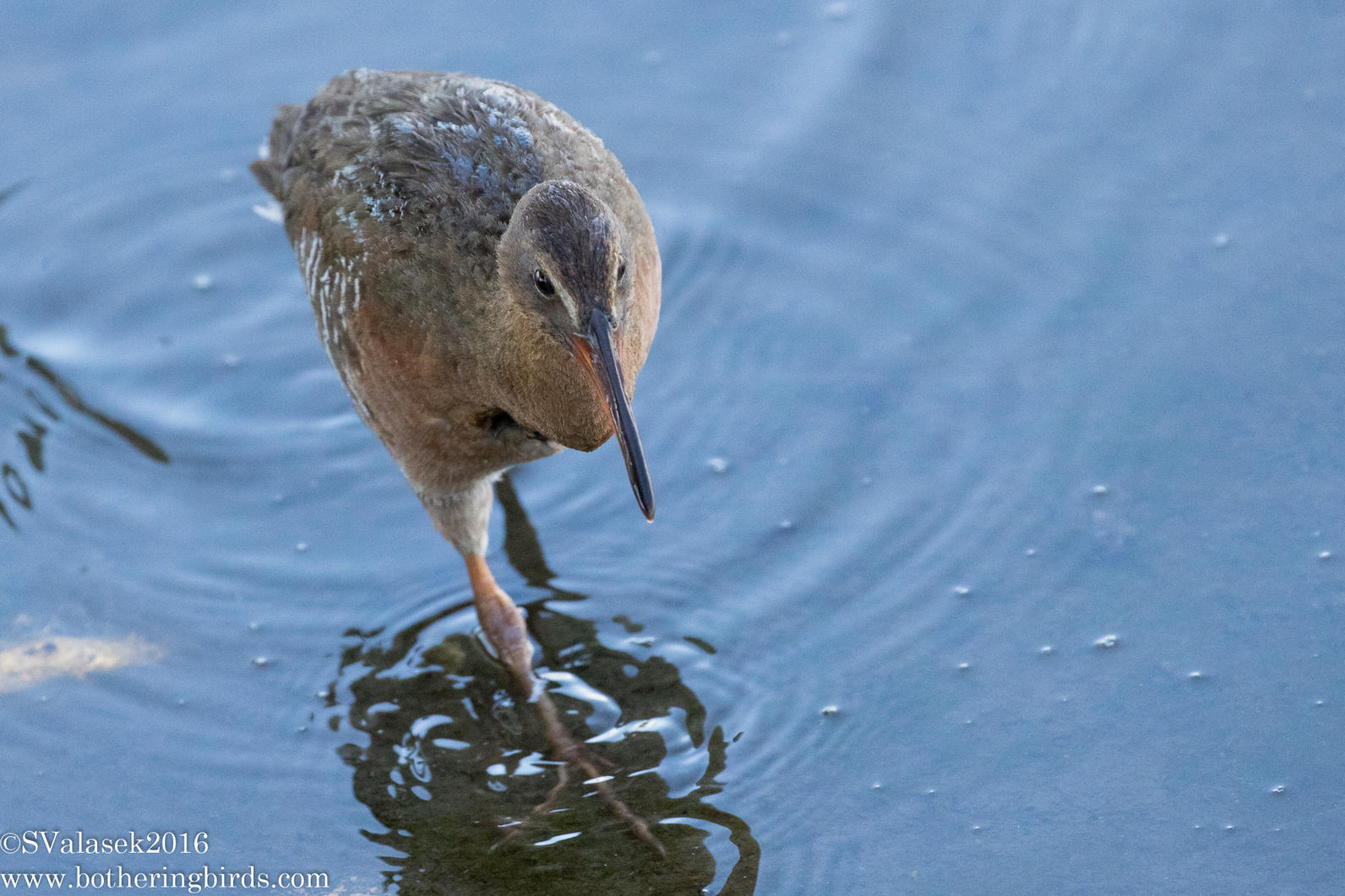Latest News and Updates from Audubon in California
California Condor. Photo: Scott Frier/USFWS

Already on a fast-track to building a reliable renewable energy infrastructure, California may soon set its sights on a future that is totally fossil fuel-free. Last week, right at the deadline for new bills, California State Senate President pro tem Kevin De León introduced legislation that will hasten the state's shift to renewable energy. Senate Bill 584 will push up California's shift to 50% renewables by 2025 (five years sooner than our current goals) and 100% by 2045.
We've talked about this before, but pumping from aquifers under the San Joaquin Valley is continuing to cause the valley floor to sink significantly:
Ground levels in some areas have dropped 1 to 2 feet in the last two years, creating deeper and wider “bowls” that continue to threaten the vital network of channels that transport water across Southern California, researchers say.
The findings underscore the fact that even as record rain and snow have brought much of California out of severe drought, some parts of the state will probably struggle with water problems for years to come.

You never know what you're going to find when you're banding birds. Last week at the Audubon Starr Ranch Sanctuary, we came across a recaptured California Towhee that is at least 10 years old. This individual was originally banded in December of 2008 as an AHY. It's a little battered, but for such an old bird, it is in fantastic shape. Let's hope it is getting ready to breed and perhaps we'll be lucky enough to catch it again next year. The oldest California Towhee on record was just over 12 years old.

If you were looking for proof that nature enthusiasts can make an impact on conservation, this story about Patagonia flexing its muscle in Utah on the issue of public lands is probably it.
Visiting with Egret Wines in Sonoma. Last week, we paid a great visit to Egret Wines, which has been a sponsor of Audubon California since last year. While touring the vineyard and winemaking facility, we talked about how we might work together to help birds on the land. We even saw a Great Egret. Pictured, left to right, Audubon California Executive Director Brigid McCormack, Egret Wines Founder John Bambury, and Audubon California's Garrison Frost.
Great article in the Los Angeles Times about how recent rains have brought the struggling Yolo Bypass near Sacramento back to life.
Great video about our efforts at the Audubon Center at Debs Park to involve the community in making Los Angles a better place for birds.

It's no secret that habitat loss has put a number of sensitive birds at risk in San Francisco Bay. Center stage is the endangered Ridgway's Rail (formerly known as the California Clapper Rail). A new study from the USGS, co-authored by Audubon California's John Takekawa, notes that habitat loss has so isolated different populations of rails that it is impacting the species' genetic diversity. This puts this imperiled species at even great risk. The good news is that, thanks to the voters of the Bay Area, a serious effort to restore wetland habitat in San Francisco Bay will be launched in the coming years.
Our newsletter is fun way to get our latest stories and important conservation updates from across the state.
Help secure the future for birds at risk from climate change, habitat loss and other threats. Your support will power our science, education, advocacy and on-the-ground conservation efforts.
Join the thousands of Californians that support the proposed Chuckwalla National Monument.